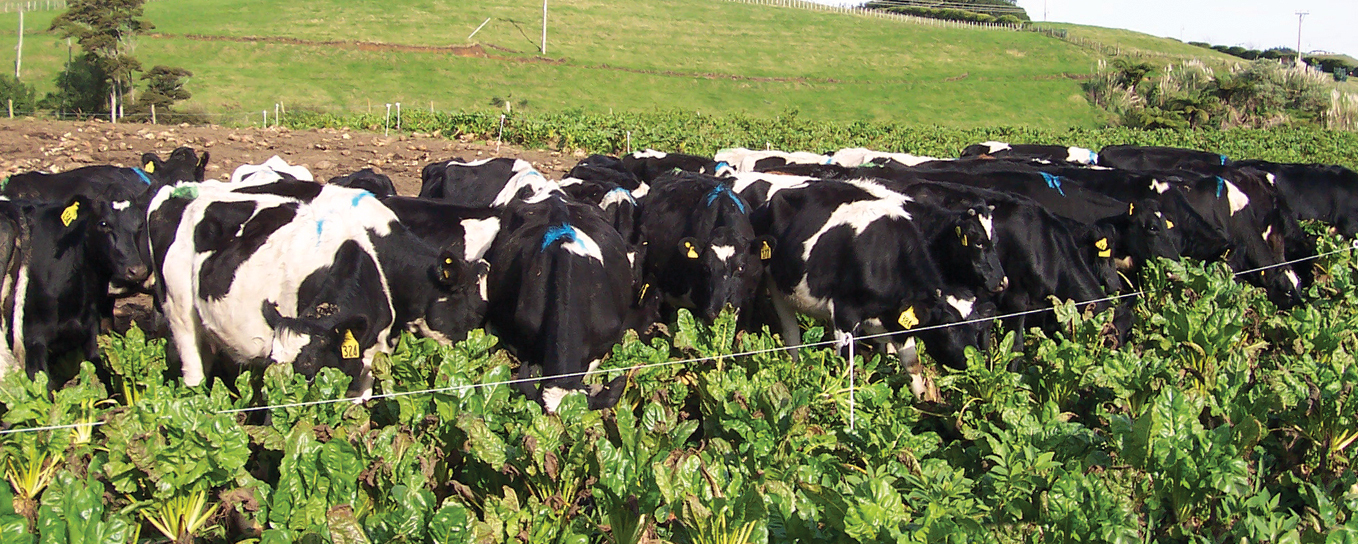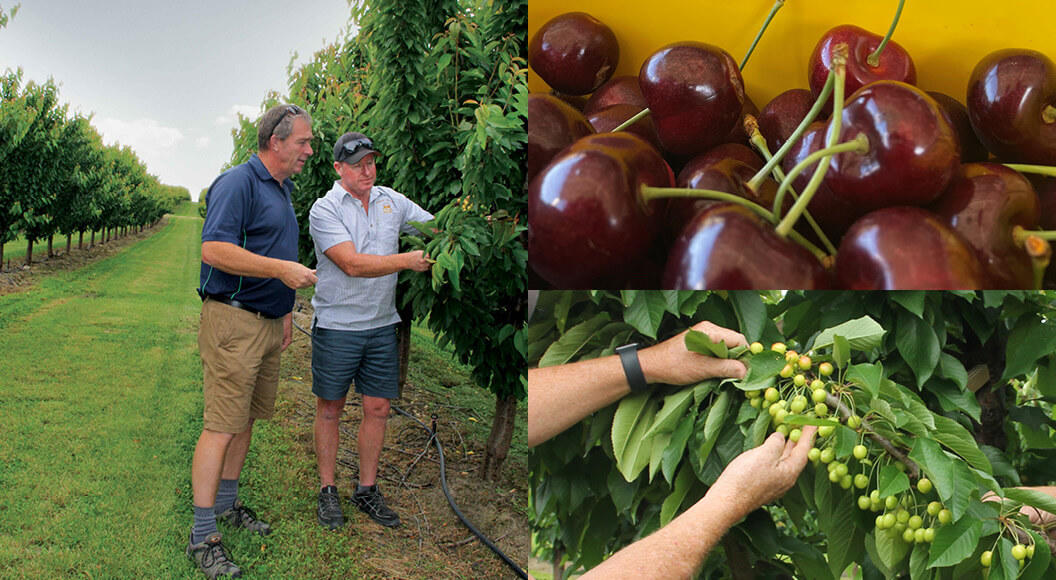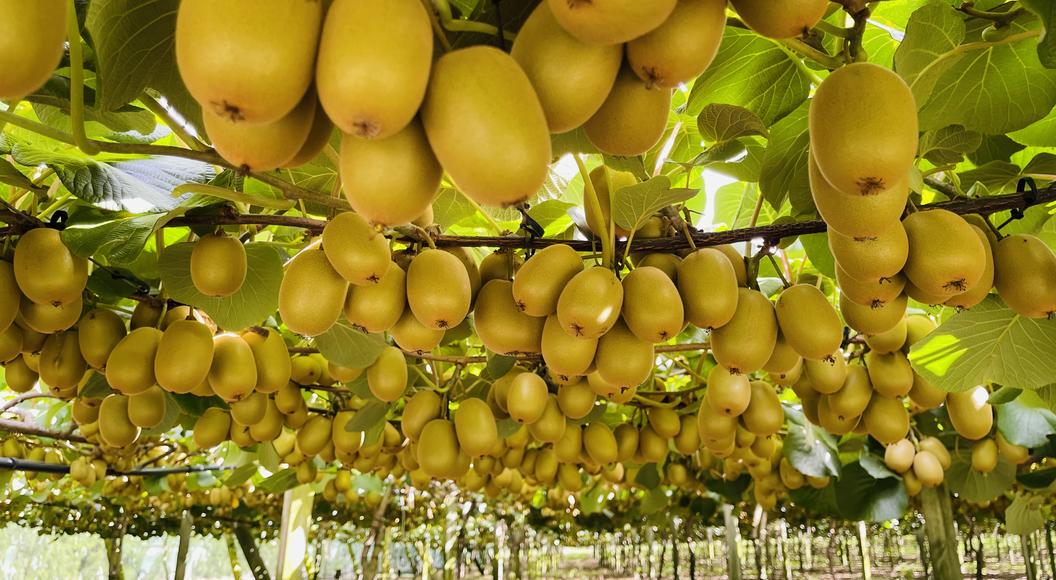
Growing high-yielding fodder beet
Attention to detail will help you get the most out of this forage crop.
Paddock selection and preparation
Consider access, soil structure, previous crop, spray history, and fertility when selecting your paddock.
- If planting after beet, radish, peas, potatoes or mustard, monitor crop health as these crops host aphids, which can spread disease in fodder beet. If planting fodder beet in the same paddock two years running consider potential impact of re-growth from bulb chips.
- Control weeds well in advance as fodder beet seedlings are slow to establish and vulnerable to spray residues. Plant after pasture if uncertain about spray history.
- You need a fine, firm seedbed and soil that is good at holding water during early development, but not prone to pugging/compaction during grazing/harvest. Consider access for machinery and/or stock.
- Target soil test samples (150 mm in depth) a minimum of six months before sowing. Twelve months prior is best to allow time for pH adjustments. See Table 1 for target soil test levels for fodder beet
- Fodder beet is sensitive to acid soils. To adjust pH, use good quality ag-lime and for best results cultivate lime in to achieve the desired pH throughout the top 150 mm. It generally takes one tonne of lime per hectare to raise soil pH by 0.1 unit. Products from the Cropzeal and Superten ranges are suitable base fertiliser options. Magnesium oxide and Muriate of Potash (MOP) can be used to address magnesium and potassium levels as required. Ensure any salt applied is kept away from seed.
A good start
Fodder beet has a relatively low requirement for phosphorus, but starter fertiliser is vital for early root development.
- Actyva S is a quality compound fertiliser that delivers the nutrients required for early growth. It performs well when drilling and is useful where potassium is required. Cropzeal Boron Boost is another good compound starter fertiliser option, especially where boron is needed to avoid brown heart.
- Seed coated with fungicide and insecticide is recommended.
- Aphids responsible for the beet western yellow virus hatch in spring and fly to host plants. Drilling to avoid this post-hatching flight time may help avoid infestation.
Nitrogen for yield
One or two early side-dressings of nitrogen grow leaf area quickly to drive bulb yield.
- Take soil samples to 150 mm depth for available N testing. If available N levels are less than 100 kg N/ha, apply 100-150 kg SustaiN or Nrich urea/ha at canopy closure.
- When applying nitrogen in dry conditions, SustaiN is your best choice to reduce nitrogen losses through ammonia volatilisation.
- Potassium demands can increase post-emergence. If you need to split potassium applications between base fertiliser and post-emergence dressings, the SustaiN K range is useful.
The finishing touch
Watch closely for pests and diseases and act quickly to avoid crop loss. Some diseases affecting fodder beet cause leaf yellowing, which has been mistaken for nutrient deficiency. Herbage test to ensure optimal nutrient application.
For help with your fodder beet crop, talk to your Ballance Nutrient Specialist or your local PGG Wrightson Technical Field Representative.
Supplied by Ballance Agri-Nutrients


